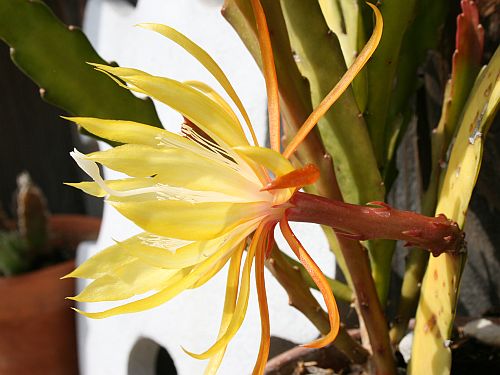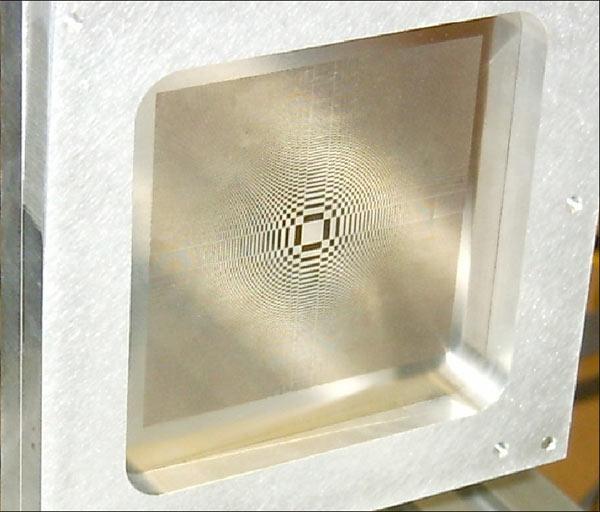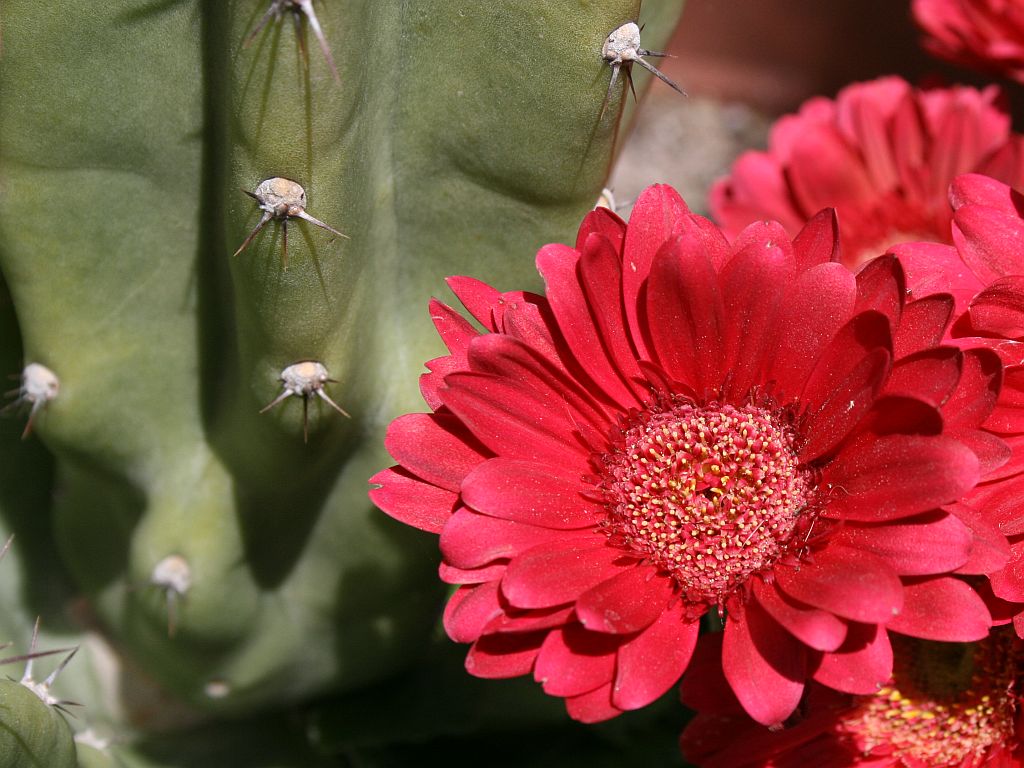Known as a cross-quarter day, Beltane falls on May 5th. Celebrated long before Cinco de Mayo, Beltane marks the halfway point between the spring equinox and the summer soltice.
Archaeoastronomy.com Has a history on cross-quarter days and those cultures which celebrate(d) them. Plus they have a nice animation of the graphic seen below.

Beltane was the start of Summer, just a few days beyond May Day on the modern calendar. Fertility is at its peak as bees pollinate the flowers. Seedlings are poking through the cool soil, seeking the warmth and energy of the sun. Early Christians preferred the name Whitsuntide instead of Beltane. The pronunciation of this cross quarter is BEE-awl-ten-ah.





